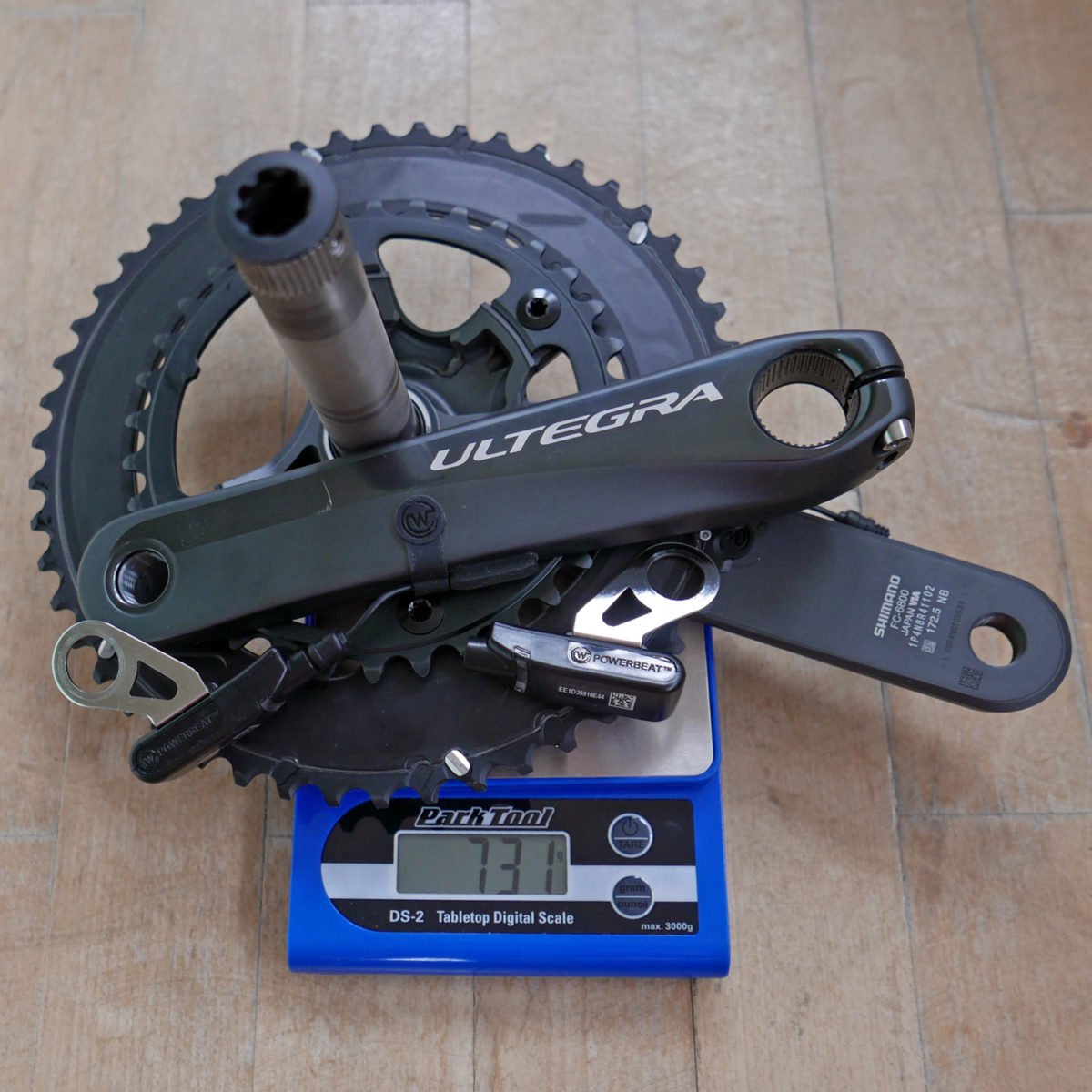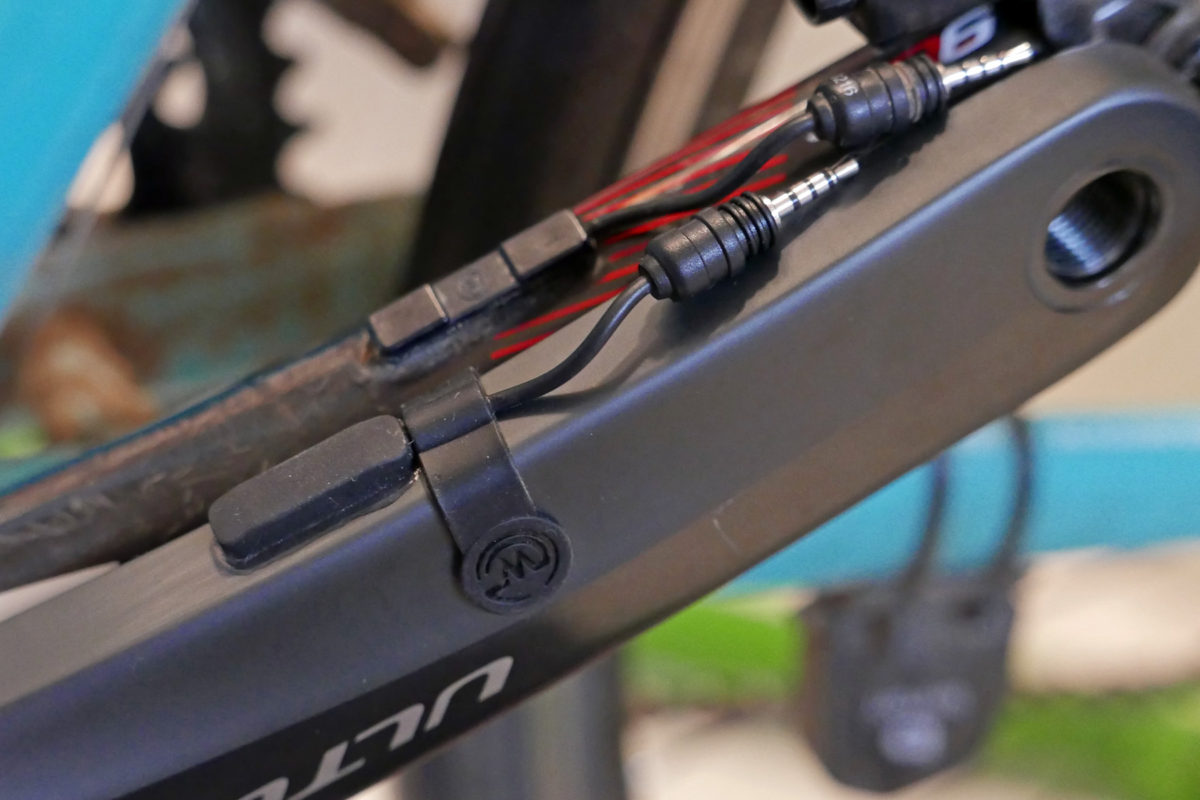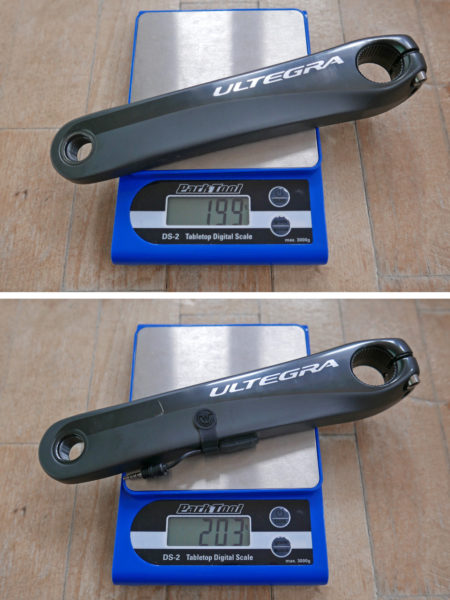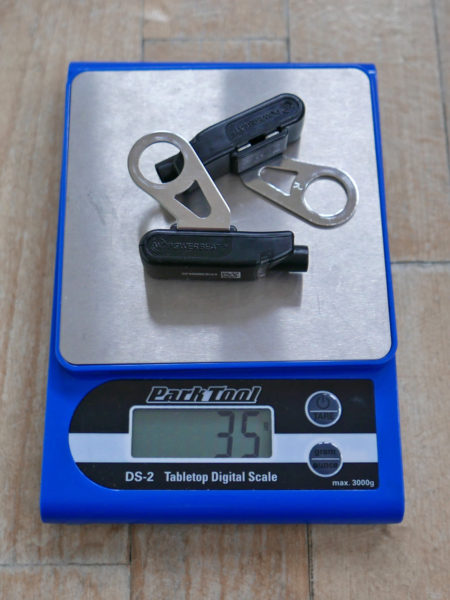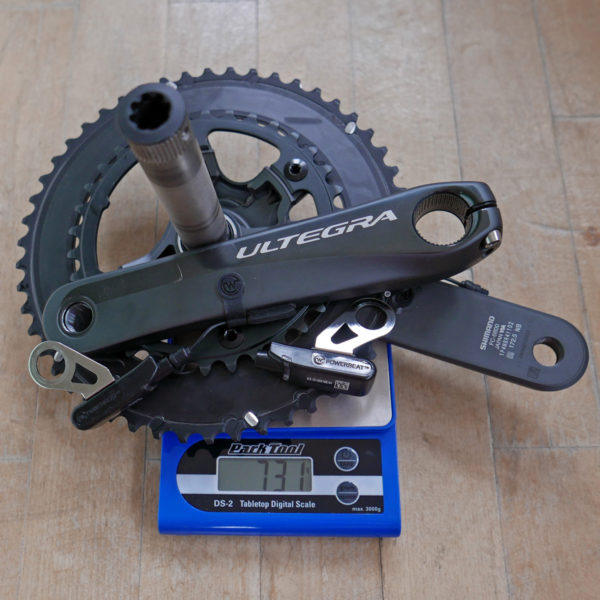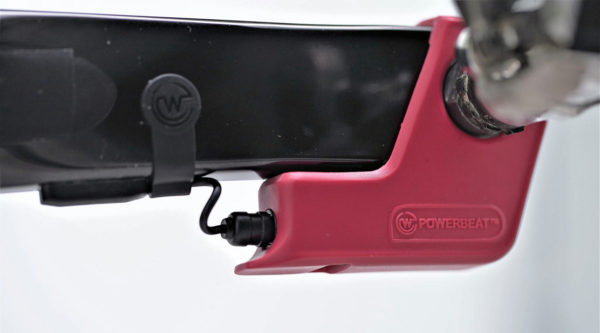Just as it showed up in our mailbox we got an email from Watteam telling us that the second generation of their do-it-yourself Powerbeat crankset-based power meter is shipping out to customers. After its commercial introduction in 2016, Watteam paused further deliveries when they identified an issue with their sensor’s temperature compensation. This new fine-tuned version uses a redesigned set of glue-on G2 sensors and is powered by an improved algorithm, giving cyclists better accuracy across all weather conditions and also the chance to measure pedal smoothness and torque efficiency. Take a closer look as we compare these with the first generation, see how they are supporting all their early backers, and get some actual weights after the jump…
Watteam has been working on the Powerbeat for five years now and says the latest generation has shaken out some bugs that remained in their commercial roll-out last year.
We had received a test sample of the first commercial generation last year, and while we had no problems with the simple DIY installation & setup, the power data we collected had been subject to fluctuations around large outside temperature swings, especially with carbon crank arm construction. We had been OK’ed at the time to test with carbon, but Watteam is going back to the position that the Powerbeat G2 is for hollow aluminum cranks only. The unpredictability of different carbon constructions and how the deform continues to be a tough problem to solve with the precision required for power metering.
So now we have a Shimano Ultegra crankset with the Powerbeat G2 sensors glued on, and we are ready to get it on a bike to restart testing.
Looking at the devices side-to-side, we see that the glue-on sensors have a bit different look to them. What’s on the outside though doesn’t really matter and the difference mostly corresponds to a new and slightly less complicated installation procedure. It’s inside that they get a slight change of the structure and some other material changes that took temperature drift out of the equation. The small control pods that attach to the pedal spindle look unchanged from outside.
Just as an update for those who had already bought the first generation (and to reassure those that are looking at this one), Watteam says that they are providing a pair of the new sensors to all cyclists that purchased the first ones and experience the temperature issue.
We wanted to see how much this latest iteration weighed since Watteam claims just 20g per side. The cranks we will be using this time around came with the sensors pre-glued, but we happened to have the exact same Ultegra crankset on another bike, so we cleaned the grease off of it and put the two head-to-head. That works out to just 4g per cranks for the sensor and 35g for the two control pods or 43g total on out scale.
With the update Watteam are again claiming that this it the most affordable way to get pro-level dual-sided power metering on your bike – sub $500 for real independent left and right leg measurement. So now we just need to get those pods up to a full charge, sync them with a cycling computer (it talks with both ANT+ & Bluetooth Smart devices), and start cranking out some watts! Then we’ll report back as to how the data flushes out.
One remaining bit of news out of the update is that the Powerbeat G2 is said to be bringing an off-road version with it. Watteam has asked us to keep our test unit on the road (that’s so hard for us!) but it looks like the off-road version will just be a new protective cover for the brains of the system that hang below the crank arm (as well as updated measurement algorithms to deal with the added vibrations off-road). Watteam has been teasing these covers in a few colors via their social media (and in the video above), and says that they should be available later this spring.
The Powerbeat G2 is available in the US & Canada and throughout Europe & the UK. Planned expansion to markets in Australia, New Zealand, Singapore & South Africa are anticipated in summer 2017. You can buy them online directly from Watteam’s distributors and install them yourself, or have Watteam put them on your compatible cranks at one of their official shops.
